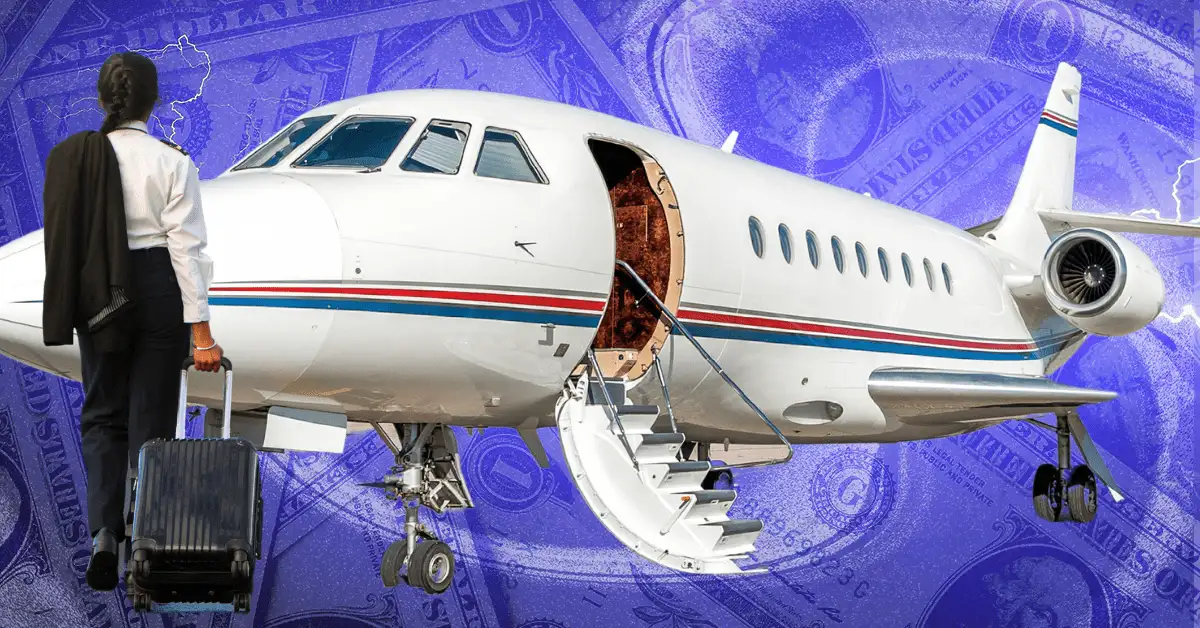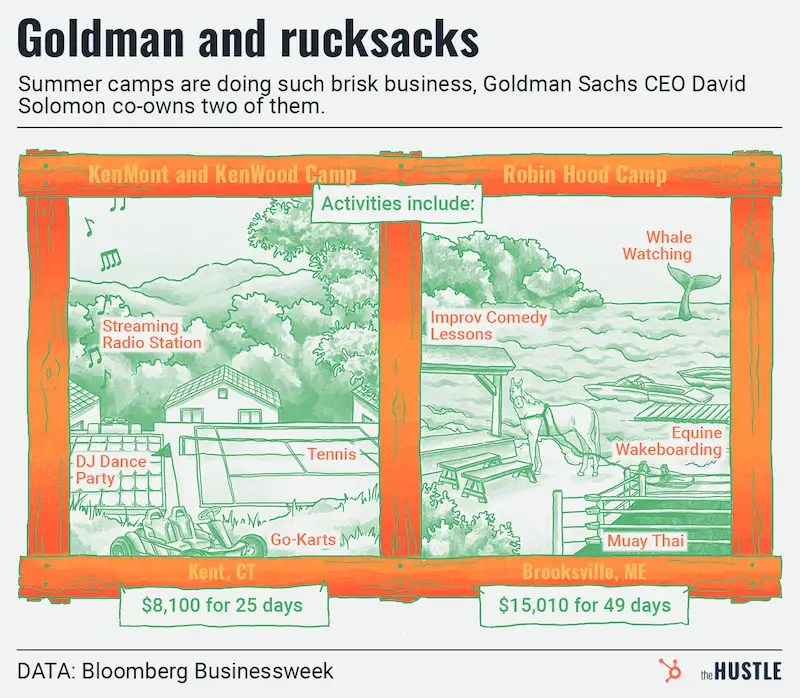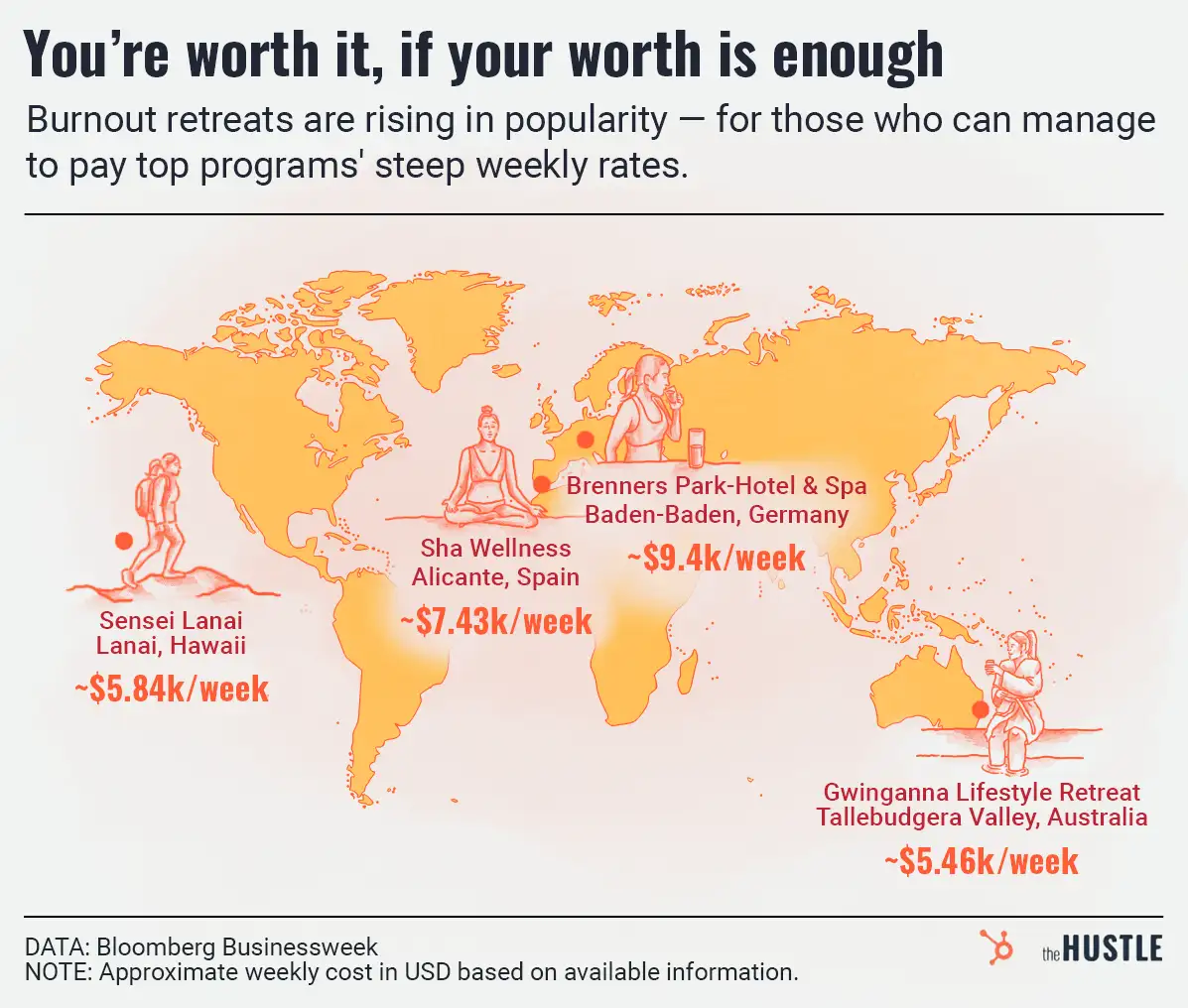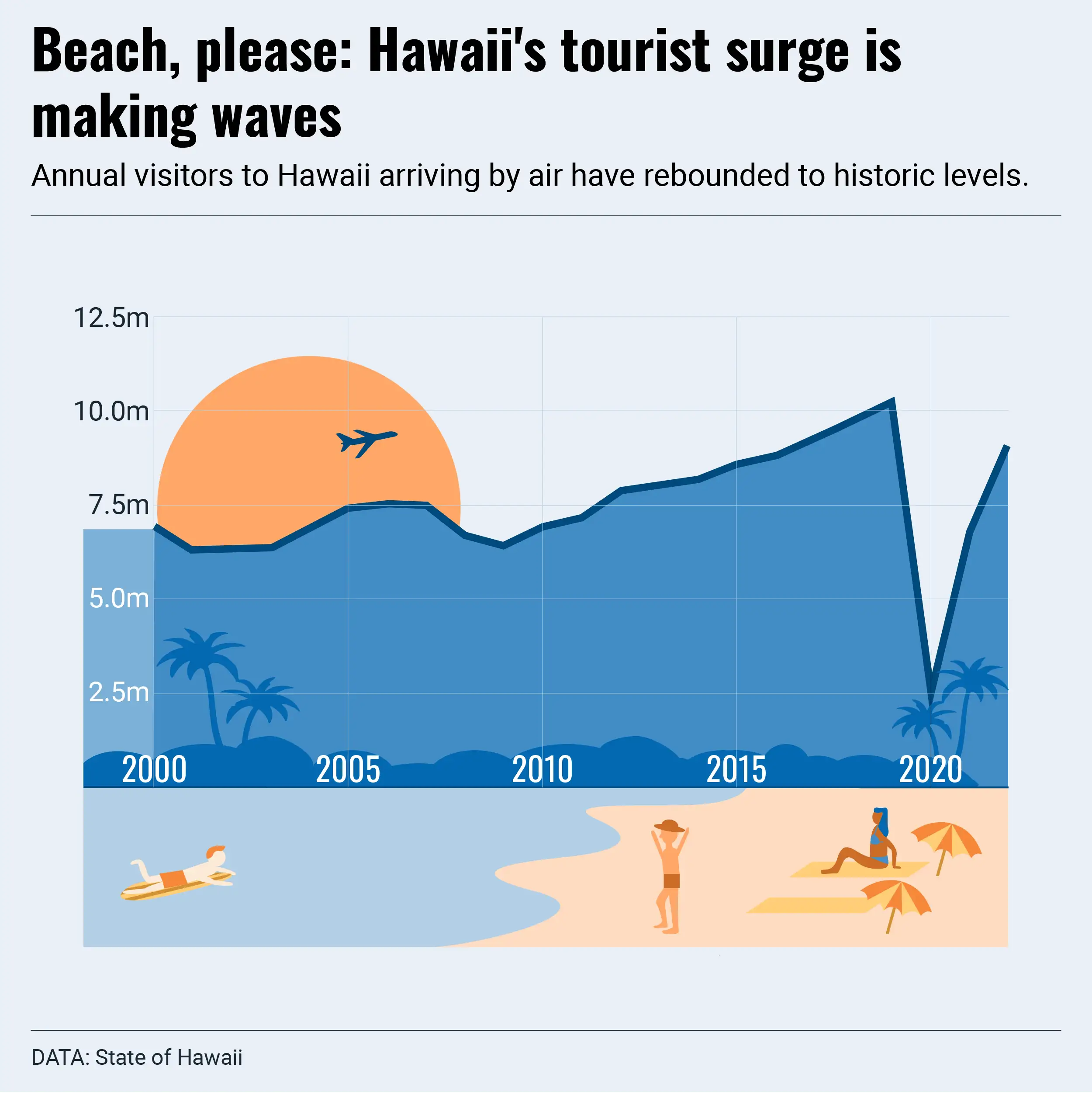Captain Obvious says, “Air travel is down big in 2020.”
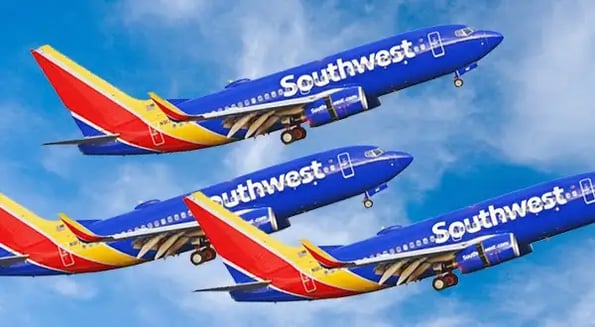
He’s right.
According to the Wall Street Journal, US airlines are offering 42% fewer flights this month compared to last November — and the biggest players (United, American Airlines, and Delta) lost a jarring $23.5B through September.
But amidst this carnage, one airline — Southwest Airlines (with the glorious ticker symbol $LUV) — has actually decided to expand.
Southwest will add 10 new cities to its network by end-2021
Launched in the late 1960s by former corporate lawyer Herb Kelleher, the airline has always zigged while others zagged.
One major zig: prioritizing employee happiness. “Your employees come first,” Kelleher once said. “And if you treat your employees right, guess what? Your customers come back, and that makes your shareholders happy.”
Among Kelleher’s other zigs:
- Cutting unnecessary services and offerings
- Focusing on point-to-point flight routes instead of a “hub-and-spoke model” with lots of layovers
- Utilizing secondary airports (e.g., Chicago-Midway instead of Chicago-O’Hare)
Southwest has lost $2.2B+ this year…
… but the airline is well-positioned to expand for 3 reasons:
- It enjoys a lower cost structure than other airlines.
- It has less debt than its competitors (and more cash than debt).
- It focuses on domestic routes, where air travel is showing some early signs of rebounding.
The Southwest playbook: expanding during crises
During the financial crisis of 2009, Southwest moved into Logan (Boston) and LaGuardia (New York) airports.
Kelleher, who Fortune once called America’s best CEO, had previously spurned these primo locations as “too crowded and expensive.” But he couldn’t pass up the opportunity.
The new cities contributed 20% of the airline’s 2010 revenue growth — and a decade later, Southwest is clearly trying to recreate the magic.
It’s a ballsy bet
Southwest will snap its 47-year profitability streak in 2020, and it may have to furlough staff for the 1st time ever.
In recent years, the airline’s lower cost advantage has been eroded by the rise of budget airlines, and the reduction of fees by major carriers.
The founding myth of Southwest is that Kelleher drew up the first routes on a cocktail napkin. He died last year — but he’d probably be happy to see his expansion strategy live on.


